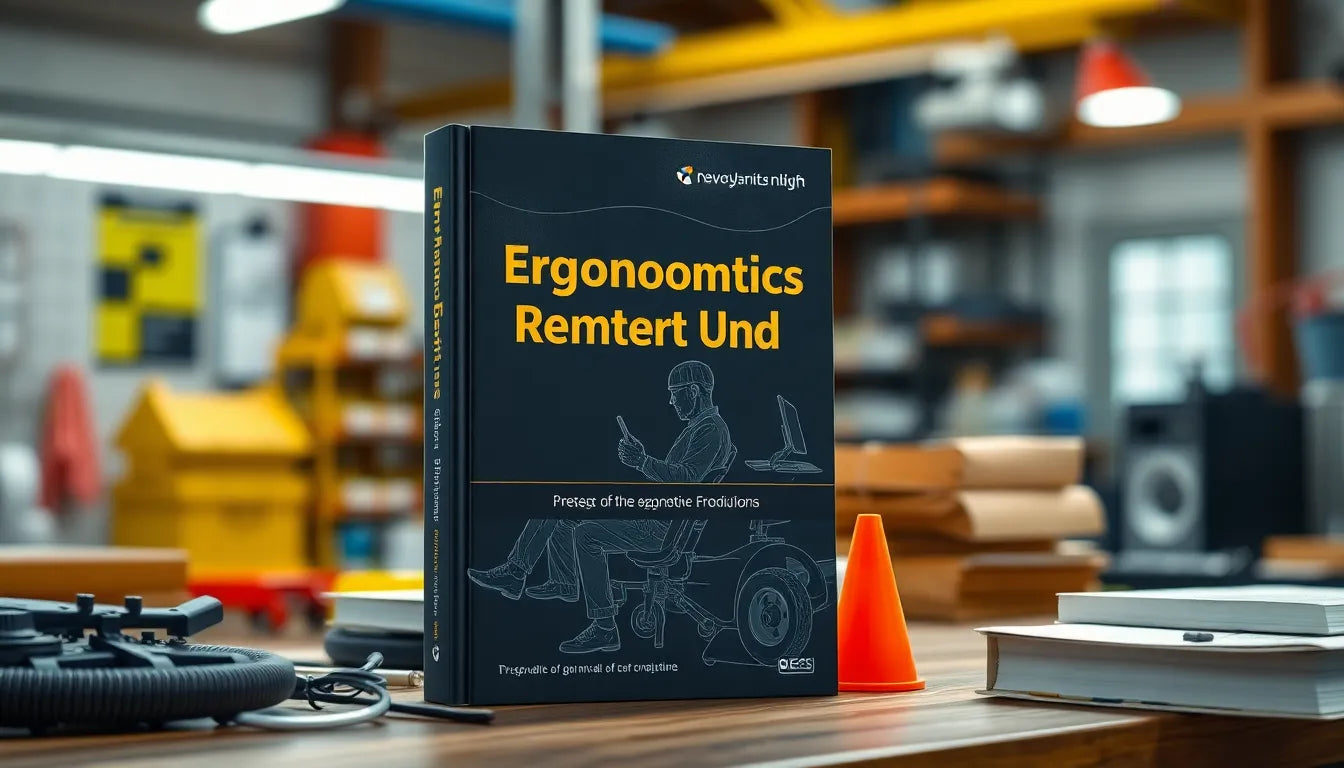Dealing with accident insurance claims can be a daunting and often frustrating process, especially when it involves complex injuries like herniated discs. Understanding the intricacies of your insurance policy and the claims process is crucial to ensuring you receive the proper coverage and compensation. In this guide, we'll explore the key aspects of navigating accident insurance for herniated discs, providing you with the knowledge needed to manage your claim effectively.
understanding herniated discs and their causes
A herniated disc, often referred to as a slipped or ruptured disc, occurs when the soft inner gel of a spinal disc pushes through a tear in its tougher exterior. This condition can be caused by several factors, including wear and tear over time, but it is also a common result of accidents such as falls, car crashes, or sports injuries. Symptoms typically include pain, numbness, or weakness in the affected area, which can significantly impact daily activities and quality of life.
Given the potential severity of a herniated disc, having adequate insurance coverage is essential. Without it, individuals may face substantial medical expenses and lost income due to an inability to work. This underscores the importance of understanding your accident insurance policy and ensuring it covers injuries like herniated discs.
the financial implications of herniated disc treatment
Treating a herniated disc can be costly, involving expenses for doctor visits, imaging tests, physical therapy, and possibly surgery. These costs can quickly add up, placing a significant financial burden on those without sufficient insurance coverage. Additionally, the recovery process may require time off work, leading to a loss of income that can further strain financial resources.
This is where accident insurance plays a vital role. By covering medical expenses and providing compensation for lost wages, accident insurance can help mitigate the financial impact of a herniated disc. However, to take full advantage of these benefits, it's essential to understand the specifics of your policy, including what is covered, the timeframe for filing a claim, and the documentation required to substantiate your injury.
In the following sections, we will delve deeper into the specifics of accident insurance coverage for herniated discs, including how to file a claim and the legal considerations involved. By equipping yourself with this knowledge, you can navigate the claims process more effectively and ensure that you receive the compensation you deserve.
accident insurance coverage for herniated discs
When it comes to accident insurance coverage for herniated discs, understanding the variability in policies is crucial. Each insurance provider may have different terms and conditions that dictate the extent of coverage for such injuries. A key factor is the requirement for a timely diagnosis, typically within a 90-day window following the accident, to qualify for benefits. This underscores the need for immediate medical attention and documentation if you suspect a herniated disc due to an accident.
For instance, according to insights from ActivePosture, coverage often necessitates proof that the herniated disc was a direct result of an accident. This means that clear, comprehensive medical records and a physician's diagnosis are essential components of a successful claim. Similarly, the Unum Accident Insurance Booklet specifies that a physician must diagnose a herniated disc within 90 days of the incident for the insured to receive a one-time benefit payout. These stipulations highlight the importance of understanding the specific conditions outlined in your policy.
Additionally, some policies, like those detailed in the MetLife Accident Insurance Brochure, explicitly include surgical repair of a ruptured disc as a covered benefit. This explicit mention in the policy can provide clarity and assurance for policyholders seeking coverage for surgical interventions.
filing and proving a herniated disc insurance claim
Filing a claim for a herniated disc under accident insurance involves several critical steps, starting with gathering the necessary documentation. Medical records are paramount, as they must establish a clear link between the accident and the herniated disc. This includes detailed treatment records, imaging results, and any physician notes that corroborate the injury's connection to the accident.
In addition to medical documentation, evidence of damages, such as lost wages and out-of-pocket medical expenses, is vital. This comprehensive documentation helps substantiate the financial impact of the injury, which is a key consideration for insurers when determining compensation.
The claims process generally begins with an initial report to the insurance company, followed by the submission of all relevant documentation. Compensation is then assessed based on the severity of the injury, the associated medical costs, and the impact on the claimant's ability to work. The process can be complex, and insurers may scrutinize claims closely, especially when pre-existing conditions are involved.
legal considerations in herniated disc claims
Legal considerations play a significant role in navigating accident insurance claims for herniated discs. Insurers may employ various tactics to deny or reduce claims, such as attributing the injury to pre-existing conditions. In such cases, seeking legal advice can be invaluable. Legal experts can help claimants gather additional evidence, provide expert opinions, and effectively challenge insurer defenses.
Professional guidance is particularly important in cases where the insurance company disputes the causation of the herniated disc. By leveraging legal expertise, claimants can better ensure fair compensation and navigate the complexities of the claims process with greater confidence.
Understanding the nuances of accident insurance coverage for herniated discs, coupled with thorough documentation and legal support, can significantly enhance the chances of a successful claim. As we move to the next section, we will explore challenges in claiming and settlement values, providing further insights into maximizing your insurance benefits.
navigating challenges in claiming and maximizing settlement values
When pursuing accident insurance claims for herniated discs, claimants often face significant challenges. Insurance companies may employ various tactics to deny or minimize claims, frequently attributing injuries to pre-existing conditions rather than the accident itself. This can be frustrating and disheartening for those seeking rightful compensation. To overcome these hurdles, it is crucial to establish a clear and direct link between the herniated disc and the accident. This often requires thorough medical documentation and, in many cases, expert medical opinions that support the causation claim.
Maximizing settlement values hinges on presenting a comprehensive and compelling case. This includes providing detailed evidence of the injury’s impact on daily life and work. Documenting all medical treatments, rehabilitation efforts, and any lost wages due to the injury is essential. Additionally, legal support can be invaluable in navigating complex claims, especially when insurers dispute the causation or extent of the injury. With the right documentation and expert guidance, claimants can significantly enhance their chances of securing a favorable settlement.
understanding accident insurance basics
Accident insurance is designed to offer financial protection by providing cash benefits for injuries or death resulting from covered accidents. This type of insurance is particularly relevant for injuries like herniated discs, which can result from various accidents such as falls or car crashes. Accident insurance policies typically outline specific conditions and treatments that are covered, making it imperative for policyholders to understand their coverage details thoroughly. Knowing what is covered and the timeframe for filing a claim can help ensure that individuals receive the benefits they are entitled to.
frequently asked questions
What is the typical timeframe for diagnosis to qualify for coverage?
Most accident insurance policies require a diagnosis of a herniated disc within 90 days of the accident to qualify for coverage. This timeframe emphasizes the importance of seeking immediate medical attention following an accident.
How can I prove that my herniated disc was caused by an accident?
To prove that a herniated disc was caused by an accident, it is essential to provide comprehensive medical records, including imaging tests and physician notes. Expert medical opinions and detailed documentation of the accident circumstances can further support your claim.
What should I do if my claim is denied due to a supposed pre-existing condition?
If your claim is denied on the grounds of a pre-existing condition, it is advisable to seek legal advice. Gathering additional medical evidence and expert opinions can help challenge the denial and strengthen your case.
Are all treatments for herniated discs covered by accident insurance?
Coverage for herniated disc treatments varies by policy. While some policies may cover surgical repairs, others might only cover specific treatments. It is essential to review your policy to understand the inclusions and exclusions.
Is legal assistance necessary for filing a claim?
While legal assistance is not mandatory, it can be highly beneficial, especially in complex cases or when facing challenges from insurers. Legal professionals can provide valuable guidance and help ensure fair compensation for your claim.
Sources
- ActivePosture. "Accident Insurance Coverage for Herniated Discs."
- Unum Accident Insurance Booklet, Kalamazoo College.
- MetLife Accident Insurance Brochure, Explain My Benefits.
- Montero Law. "Filing and Proving a Herniated Disc Insurance Claim."
- Kevin McManus Law. "Challenges in Claiming and Settlement Values for Herniated Discs."
- Crosley Law. "Legal Challenges in Herniated Disc Insurance Claims."
- Assurity. "Understanding Accident Insurance Basics."


















